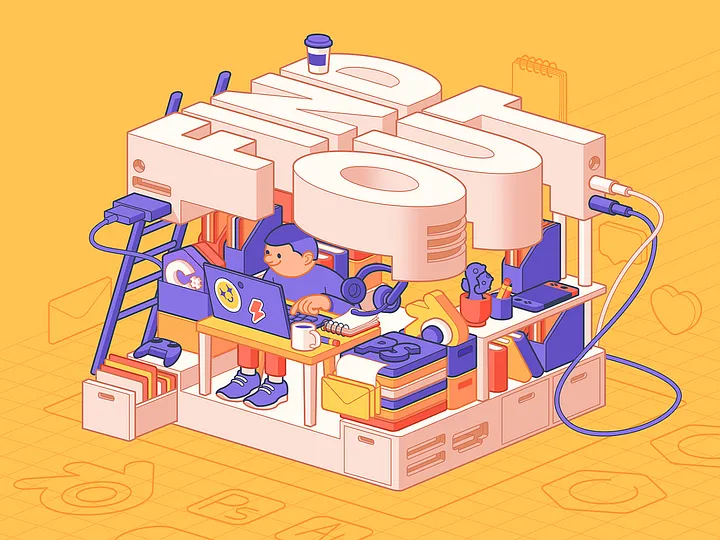IS YOUR SLOW LOADING WEBSITE KILLING YOUR BUSINESS?

The new Android 10 features that will transform your phone
5th December 2019
HOW YOU CAN BOOST CONVERSION BY SENDING PUSH NOTIFICATIONS VIA YOUR APP
10th December 2019It is as simple as this: The longer you make your customers wait, the more you upset them.
Because well, who wants to wait? After a while, everyone gets tired of waiting. No one today has that kind of patience to be on a website that doesn’t load on a maximum of two blinks of the eyes (Okay, perhaps three). An ideal loading time for a website shouldn’t be more than 3 seconds. People abandon slow-loading websites only to never return back to them.
It is normal if you’re losing sleep over your heavy multimedia-rich website if some or more things (that you may or may not be sure of) are making it slow. But not doing anything to improve the website’s performance might not be very normal and wouldn’t go well with your visitors. This could kill your business significantly.
These Are Some Of The Reasons Why Your Website Might Be Loading Slowly:
- Using unoptimized images on your website
- Poor server performance
- Bulky and messy coding
- Using too many plugins and add-ons
- Using unnecessary redirects on your site
- Using external embedded media
- Location of your server
- Broken links
- Image hotlinking
- Making use of an outdated CMS
- Using crappy themes on your website
- Using too many social media widgets and buttons
Here’s What You Can Do To Improve The Performance of Your Website:
- Use browser tools on your website – Adblocking is a tool which can block ads on your website. There are extensions to block all scripts that a website tries to load, thereby reducing the website loading time. Caching is a browser tool which comes to aid at times when a website is not available by loading a cached version of your website at such time. Another browser extension called proxies aid in situations when your website becomes unavailable to users in select countries or locations.
- Optimize your images in terms of their size, format and source codes. You cab reduce the color depth of your images. Try not to place unnecessary images on the page and make sure to resize the images according to the width of your web page. Some of the best formats to use for images include JPEG and PNG. GIFs could be used for simple graphics and animated images, whereas formats which should never be used include BMPs, TIFFs and XBM. Also, avoid empty image source codes or codes with invalid URL locations.
- By enabling compression, you could reduce the bandwidth of your page and in turn speed up your site significantly. This involves zipping of files which compresses your web pages and style sheets before sending them to the browser. Depending on different types of servers (such as Apache, or any other), there will be different methods of enabling compression.
- Reduce the number of plugins and add-ons that you are using on your website because they tend to slow your website a lot (more than you think) by causing crashes and other problems. Try to use a minimum of plugins and deactivate or delete the unnecessary or crappy ones.
- Minify coding– Make sure to not use messy or unnecessary pieces of codes. Minify your JavaScript and CSS files by combining all your files into a single one, or by deleting empty spaces and making your files smaller.
- An ideal server response time should be less that 200ms. Reduce your server response time by upgrading your resource usage or using the existing ones more efficiently. You can do this by optimizing your databases, having a good server configuration, or also by reducing, minifying and compressing your resources.
- Minimize HTTP requests by reducing the number of components on each page of your website. The more on-page components are there on your website, the more time is spent on loading each component. An HTTP request is required for each component that you place on your website. When you reduce the number of components on a web page, the need to create HTTP requests automatically reduces.
- Keep redirects to a minimum since they dramatically lower the loading time by creating additional HTTP requests. There are tools with which you can check for redirects on your pages. Want to know what Google suggests for this? It recommends to never link to a page which has a redirect on it. It also says that not more than one redirect should be required to get to any resource.





